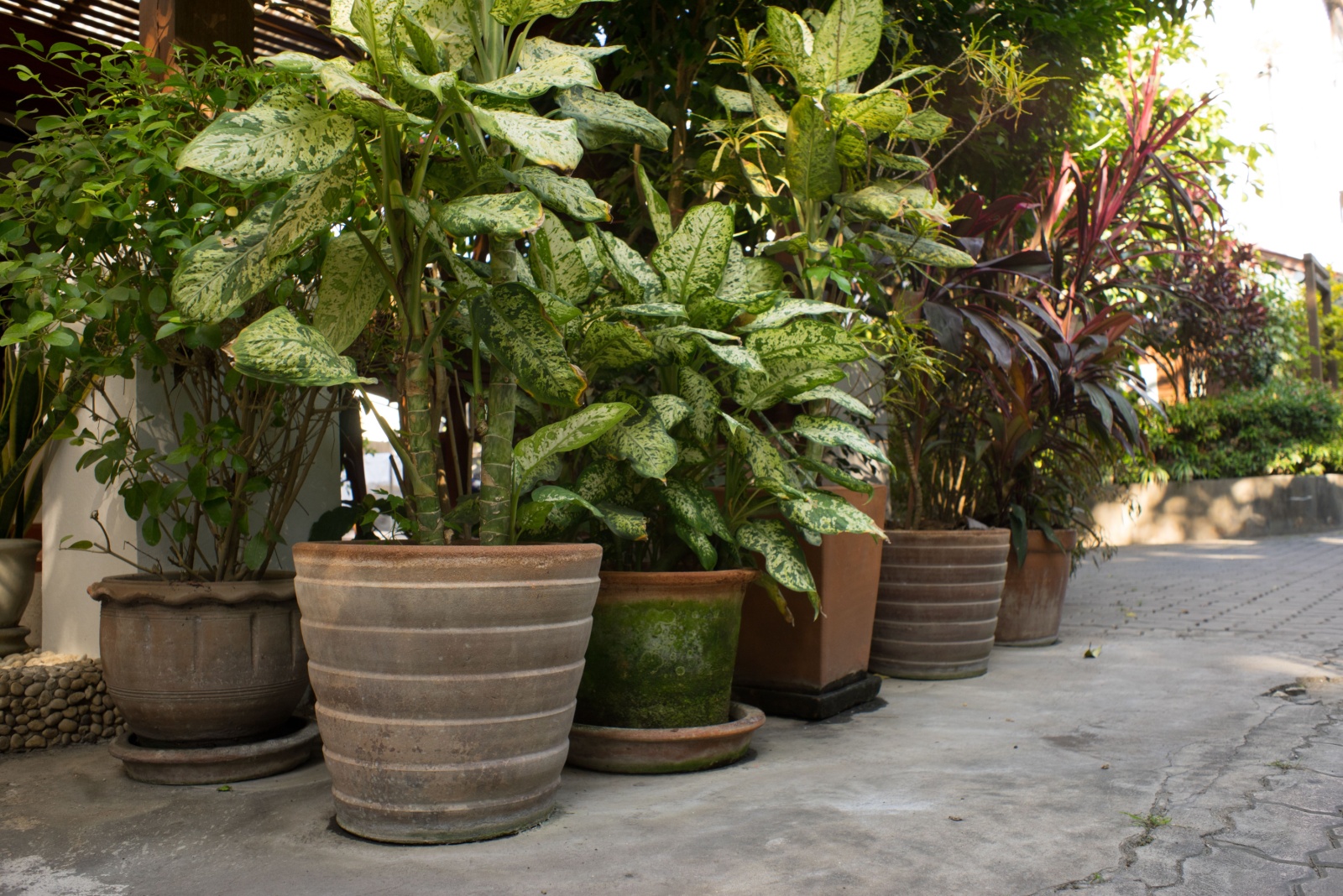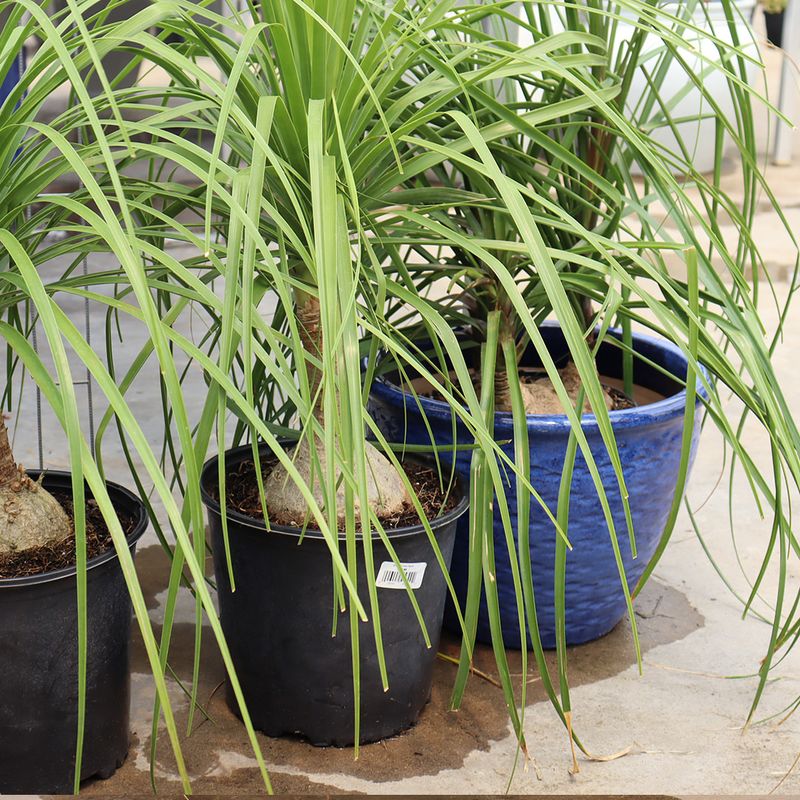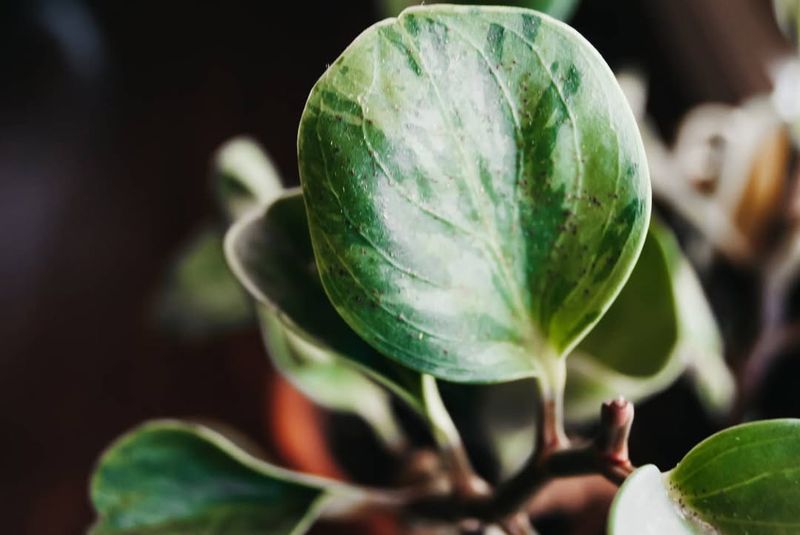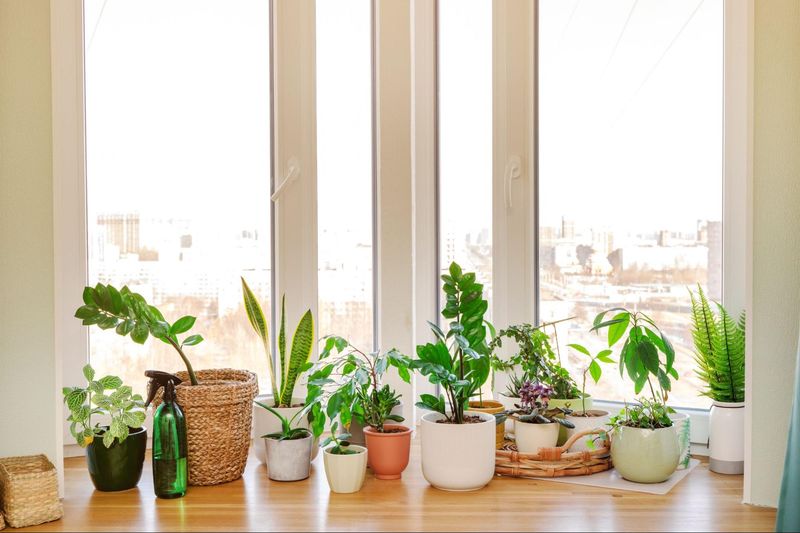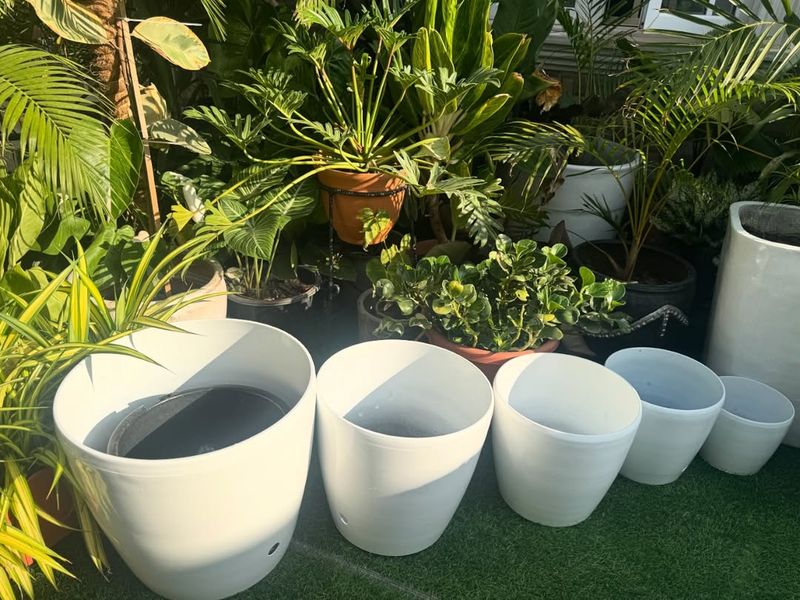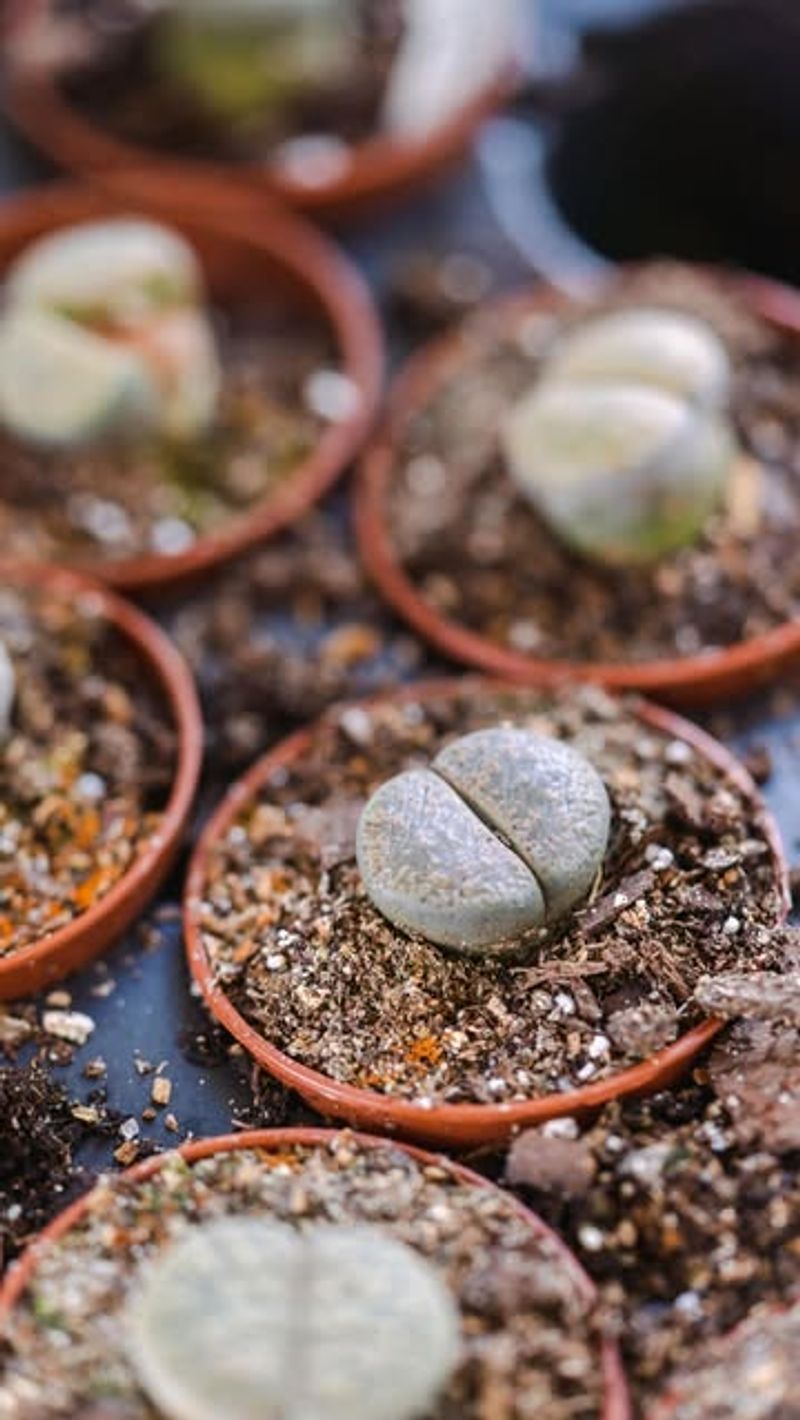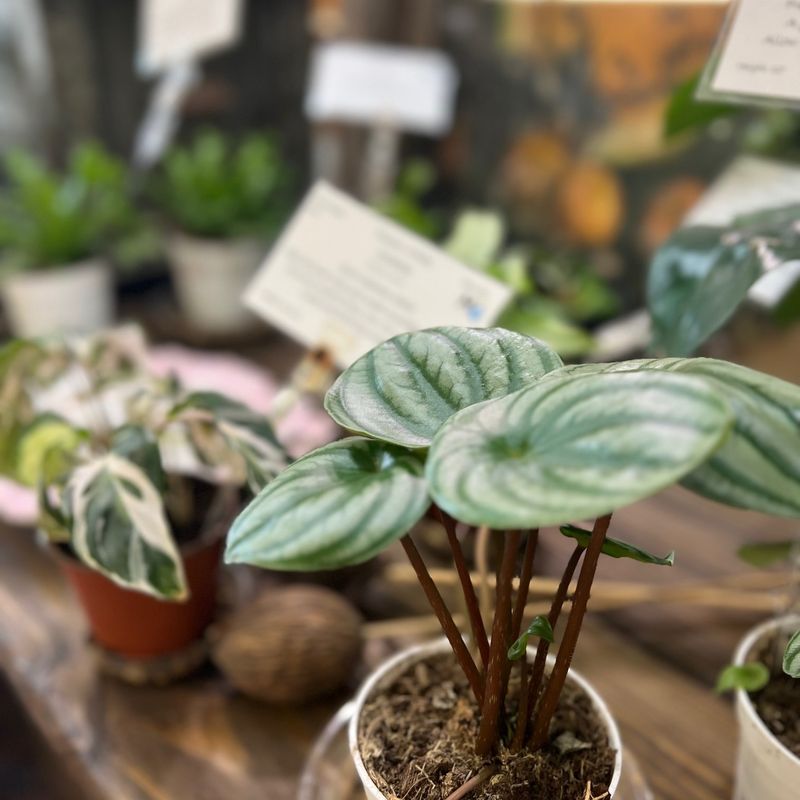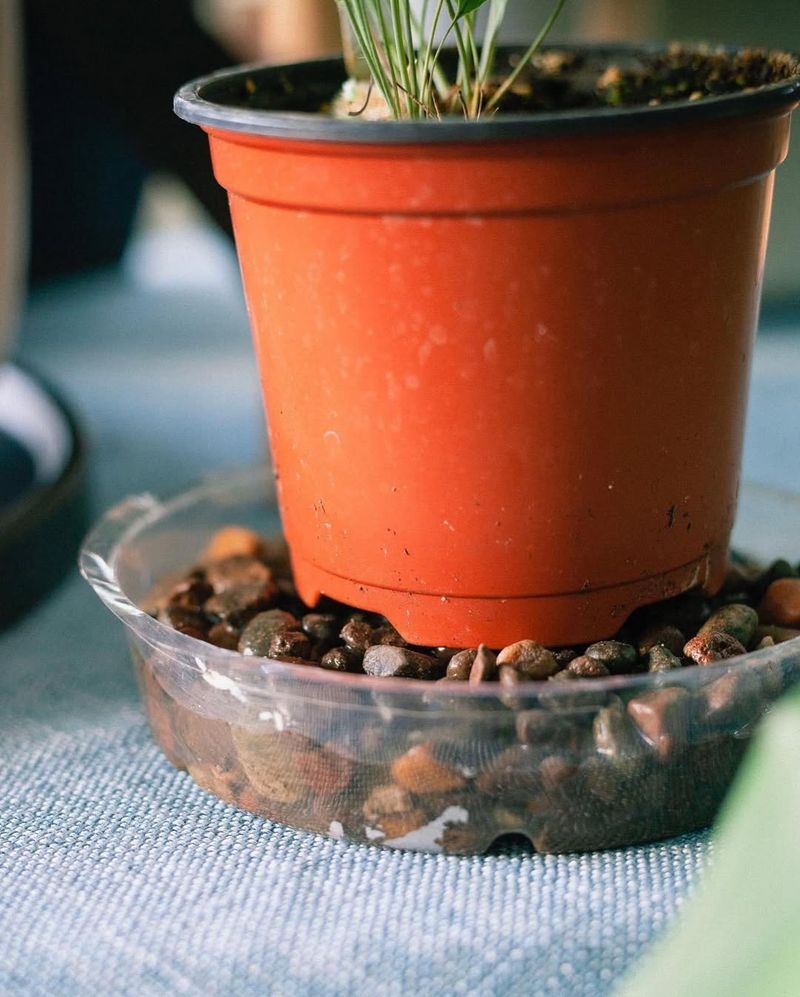Pennsylvania winters can be harsh, but your houseplants don’t have to suffer through the cold. Knowing when to bring your green friends back indoors can mean the difference between thriving plants and frost-damaged leaves.
Timing matters because even one chilly night can shock tropical plants and set back their growth for months.
1. Watch For 50-Degree Nighttime Temperatures
Most tropical houseplants start feeling uncomfortable when nighttime temperatures dip below 55 degrees. Pennsylvania evenings in late September often hover around this danger zone, making it your signal to act.
Check your local weather forecast regularly as fall approaches. A sudden cold snap can damage sensitive leaves overnight, causing brown spots and wilting that takes weeks to recover from.
Set a reminder on your phone to monitor temperatures starting in mid-September for best results.
2. Inspect Plants Thoroughly Before Moving Indoors
Summer outdoors means your plants likely picked up some uninvited guests. Aphids, spider mites, and other bugs love hitchhiking into your cozy Pennsylvania home for winter.
Look under every leaf and along stems for tiny insects or webbing. Spray plants with insecticidal soap or neem oil at least a week before bringing them inside to eliminate any pests.
Quarantine suspicious plants in a garage or enclosed porch for several days to prevent infesting your entire indoor collection.
3. Gradually Acclimate Plants To Lower Light Conditions
Moving from bright Pennsylvania outdoor sunshine to indoor lighting can shock your plants badly. Their leaves might yellow and drop if the change happens too abruptly.
Start by moving plants to a shadier outdoor spot for one to two weeks before bringing them fully inside. This helps them adjust gradually to reduced light levels without stressing out.
Position them near your brightest indoor windows initially, then relocate to their permanent spots after another week of adjustment.
4. Clean Pots And Remove Dead Leaves
Dirty pots and decaying foliage create perfect hiding spots for pests and disease. Give your plants a good grooming session before they come back inside your Pennsylvania home.
Wipe down pot exteriors with soapy water to remove algae, dirt, and insect eggs. Trim off any yellow, brown, or damaged leaves using clean scissors or pruning shears.
Check drainage holes too, as slugs and earwigs often hide there during the day waiting for nighttime.
5. Adjust Your Watering Schedule Appropriately
Indoor environments are typically drier and less bright than outdoor spaces, meaning your plants need less water than they did during summer. Overwatering becomes a real danger once they’re back inside.
Let the soil dry out more between waterings compared to their outdoor schedule. Stick your finger two inches into the soil to test moisture levels before adding water.
Consider using a moisture meter for accuracy, especially with finicky plants that hate soggy roots.
6. Consider Timing Around First Frost Dates
Pennsylvania’s first frost typically arrives between late September and mid-October, depending on your specific region. Northern areas near the Poconos see frost earlier than southeastern counties around Philadelphia.
Don’t wait until the last minute or risk losing prized plants to an unexpected freeze. Aim to have everything indoors at least one to two weeks before your area’s average first frost date.
Local gardening centers and extension offices provide specific frost date information for your zip code.
7. Boost Indoor Humidity For Tropical Varieties
Outdoor summer air provides natural humidity that tropical plants adore. Indoor heating systems during Pennsylvania winters create desert-like conditions that stress humidity-loving varieties.
Place plants on pebble trays filled with water or group them together to create a humid microclimate. Running a humidifier nearby works wonders for ferns, calatheas, and other moisture-dependent species.
Mist leaves occasionally, but don’t rely solely on this method as the effect only lasts minutes.

